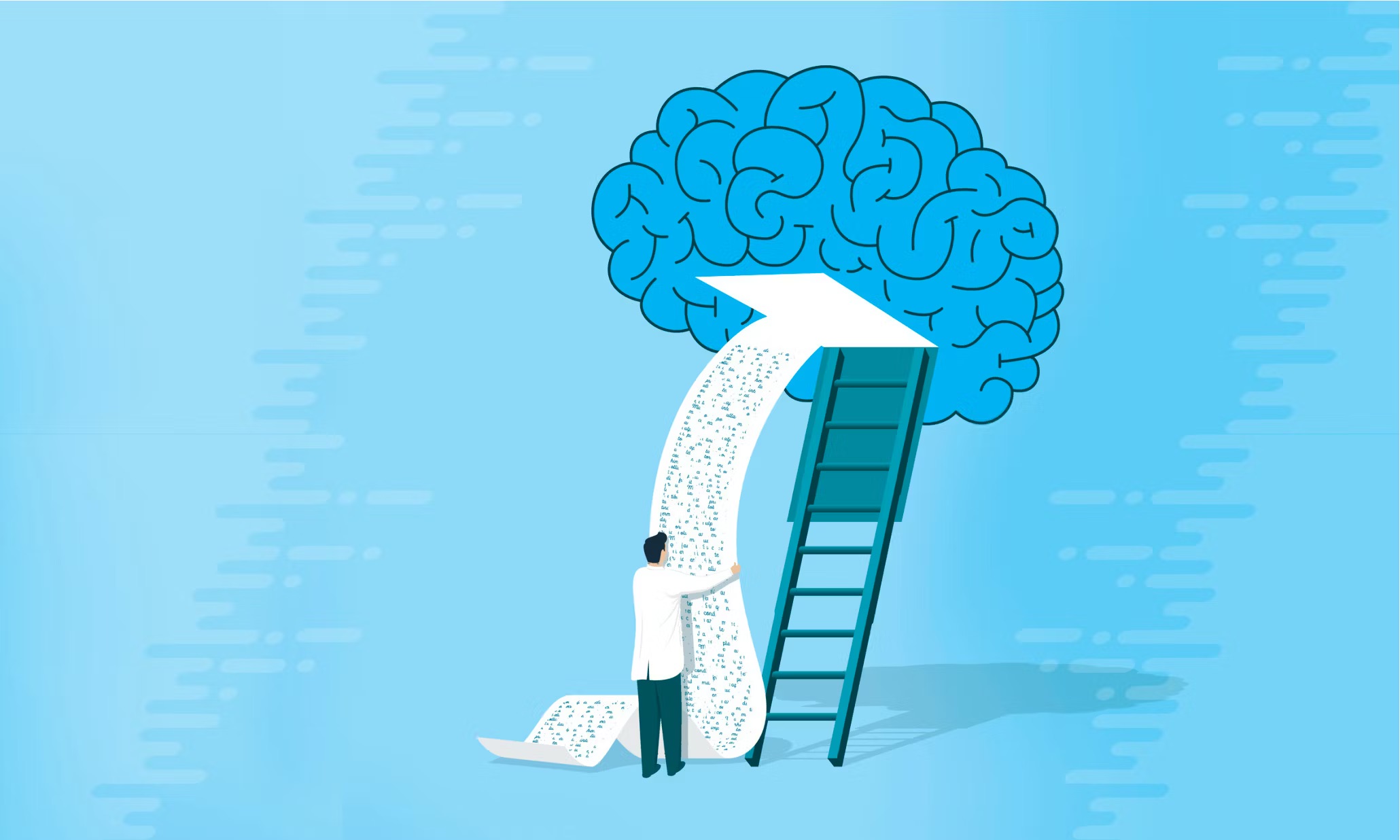- Published on
Categorization and Knowledge

Table of Contents
- Categorization
- Taxonomy of Categories
- Neuroscientific Data on Categorization
- How are Categories Stored in Memory
- Classical Theory: explicit rules for category membership
Categorization
Categorization is essential for organizing experiences and drawing connections between different ideas and objects. This cognitive process enables us to recognize patterns, make inferences, and navigate our world without treating every experience as entirely unique.
- Categorization: This involves recognizing, differentiating, classifying, and understanding objects and ideas. It simplifies and organizes our perception of the world.
- Concepts: These are mental representations of categories, helping us to process and store information efficiently.
Taxonomy of Categories
Understanding categories can be enhanced by exploring their different types:
- Natural vs. Artifact:
- Natural Categories: These are groupings that occur naturally in the environment, like plants, animals, or weather phenomena.
- Artifact Categories: These include categories of objects that are designed or invented by humans, like furniture, vehicles, or tools.
- Stable vs. Ad-Hoc:
- Stable Categories: Both natural and artifact categories are typically stable, having well-defined and enduring characteristics.
- Ad-Hoc Categories: These are more fluid and context-dependent, formed for specific purposes or under unique circumstances.
Neuroscientific Data on Categorization
Different types of categories are processed in distinct areas of the brain, indicating specialized neural pathways for category recognition and processing.
- Eleanor Rosch and Basic-Level Categories:
- Rosch proposed that there is an optimal, basic level of categorization that strikes a balance between being too general and too specific.
- Basic-level categories are most commonly used in everyday language and thought because they efficiently convey information. They are neither overly broad nor excessively detailed.
- For example, "apple" represents a basic-level category, whereas "fruit" is a more general category. Basic-level categories are easier to visualize and describe compared to higher-level (more general) or lower-level (more specific) categories.
How are Categories Stored in Memory
Classical Theory: explicit rules for category membership
- Category is defined in terms of necessary and sufficient features
Criticism to Classical Theory:
- Does not work well for more complex things that do not share features every single time because you can remove a feature, and the object might still fit within the category.
- Violation of any one of our defining features does not affect our categorization, and that should be considered.
- We use typicality tests to see how typical an item is considered within a certain category.
- Findings suggest that some items are just thought of as less typical within a category than others, which excludes them from the category.
- Typical features of the category might be correlated with how typical we think the item is within the category.
- Typicality can also create generalizations where if a typical member has some property, we would think that would be typical for all members of the category as well.
- Authors

- Name
- Apurva Shah
- Website
- apurvashah.org